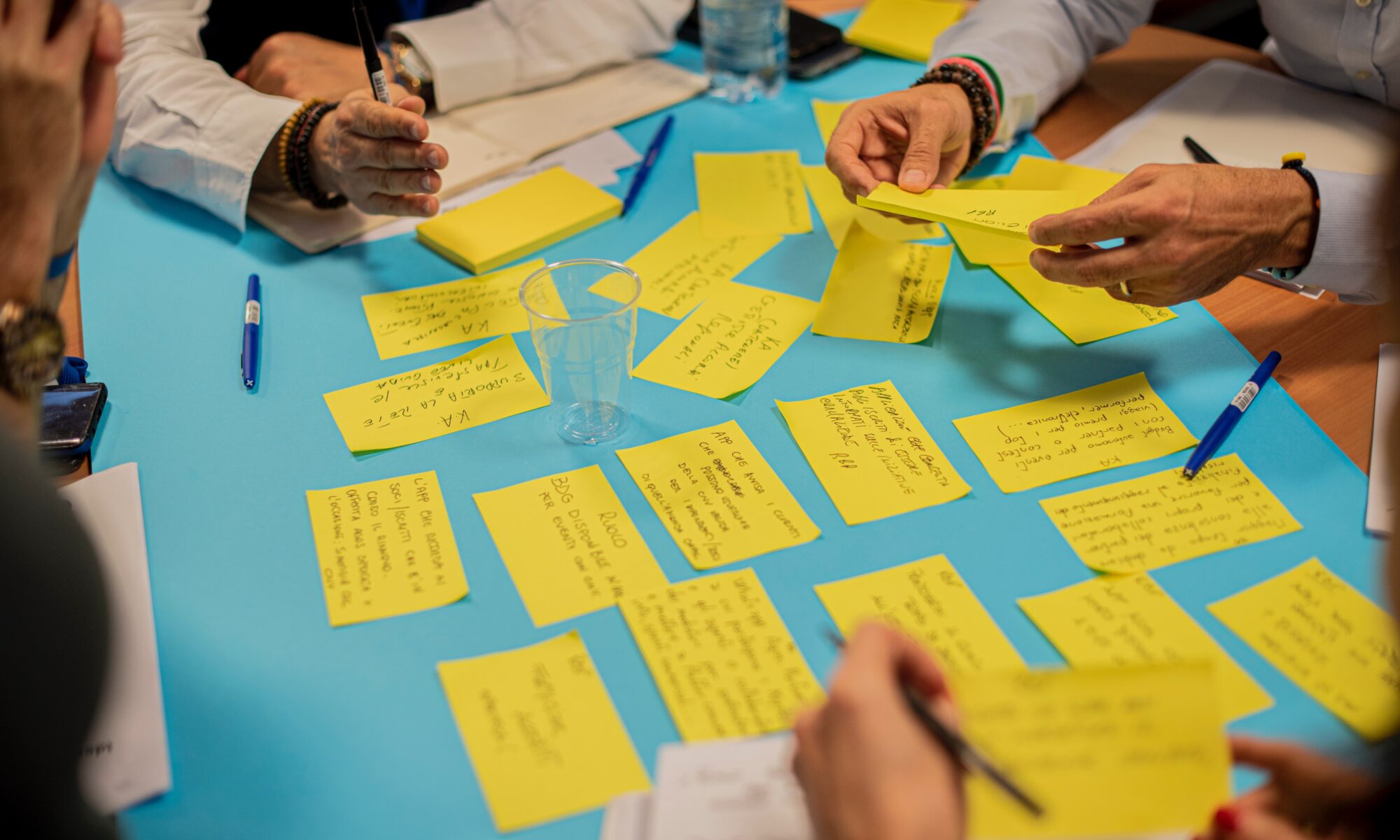No, we do NOT think that about small children!
We cheer when they learn new skills: to talk, walk, sit still in class etc etc.
The brain’s millions of neural connections are developed at rocket speed when we are small, and the development does not stop just because we grow up. The brain transforms itself, develops new cells and both creates and shreds connections, as we learn new skills or make new experiences.
It IS possible to teach an old horse new tricks; we have the ability to change throughout life. But the conditions – including a strong motivation and a reasonably stress-free environment – has to be in place.
For the small child, the motivation to learn how to speak is evident and directly connected to survival. The goal is not to develop a large vocabulary and an error-free pronunciation. But babble and repeated sounds creates instant contact, over time a language evolves.
When we aim for personal development, regardless of whether we want to learn an actual skill or have a more personal wish for changes in behavior, it is crucial that we are motivated like the child: aiming for things we can do here and now – choices we can make, actions we can try.
But most importantly: we must believe change is possible! Problems with wellbeing, uncertainty in career choices, poor relationships, conflicts, lack of energy – with a focused effort things can be changed.
In our work life we are typically motivated by very high-level goals with no guidance in terms of actions to support their achievement. We can have goals for things such as revenue, a score in employee satisfaction surveys, conversion rates etc. For myself, I used to work in strategic sales: megadeals with big bets where a team could work a full year on a single sale. Our goals were the type: “Win profitable deals worth $200m each year”.
Even if goals like these are easy to understand and measure, they are not helpful in personal development but frequently sneak in anyway, eg “Run a marathon”, “Lose 10 kg”, “Get promoted”.
What would be more helpful: ”Run 3 times a week”, “Choose a healthy lunch”, “Seek feedback regularly”.
Personal development and growth, including changes in habits and lifestyle, require us to acknowledge that our development never ends. That our intelligence and ability are not cast in stone, but something we can improve upon our entire life, evaluate and improve again.
Initial thoughts on where you want “to go” with your development, become very important – more important than the finishing line. It is one thing to want a promotion, but what does it take! Where are the actual areas that need to improve, and how to begin?
For me personally the transition from strategic sales to the work as business psychologist involved a massive change in mindset: from financial, win-or-lose goals to: identifying good focus areas and positions of strength, nudging things in a good direction.
With babysteps, loads and loads of trial actions and continuously renewed neural connections.




